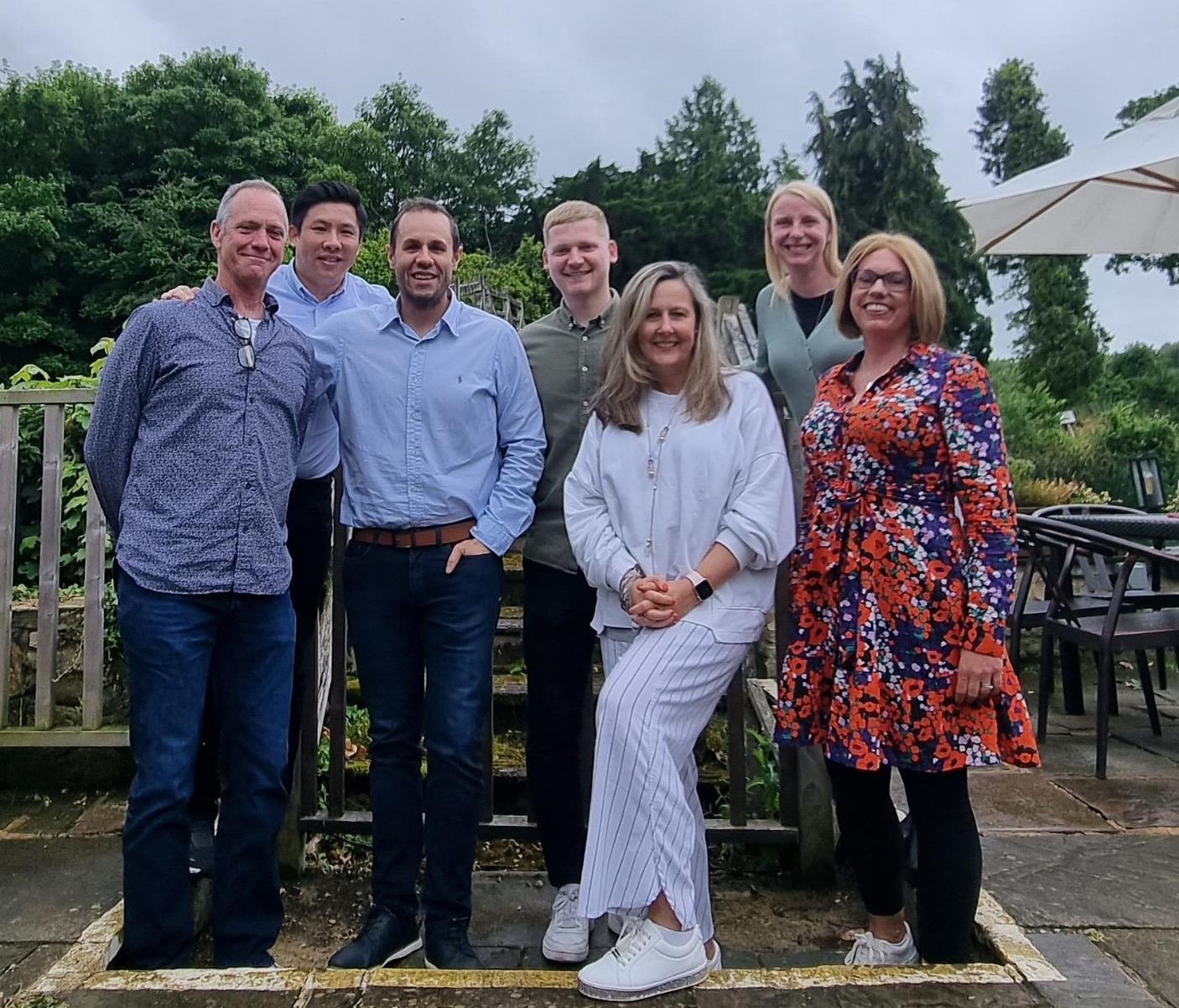The impact of getting it wrong
Finding the right senior leaders to recruit or promote is a complex and challenging process. Sometimes the margins are very fine. In an ever-changing environment, where past performance is no longer a guarantee of future success, there are many factors besides experience to consider when assessing individuals for an executive position.
Research conducted by the Corporate Executive Board (CEB) estimates that 50-70% of executives fail within the first 18 months of taking a role, irrespective of whether they are recruited externally or promoted within. There are several reasons for this ranging from a lack of fit to the role/culture, the executive recruit over-relying on what has made them successful previously, failing to establish an effective network, insufficient attention to onboarding and developing recruits, etc. The costs of getting it wrong are significant (estimated at 2.5 times the base salary), and the impacts are widespread throughout an organisation, affecting staff wellbeing, engagement and turnover. With so much at stake, it is crucial to find ways to improve the chances of making the right decisions and to minimise risk.
Why traditional methods are not sufficient
Senior leader candidates are often particularly hard to evaluate. They are likely to have an impressive track record, be highly experienced at interviewing and know how to present themselves well. You might also have several candidates who all have strong credentials and appear to be able to perform the role to a high standard. However, it is important to not only understand ‘what’ people can do now (and ‘how’ they are likely to do it) but whether they have the potential to meet future demands. Standard interviewing approaches that focus on a candidate’s previous experience lack the sophistication to really get beneath the surface and reveal insights into a person’s underlying tendencies and potential. In contrast, this is the precisely the kind of information a specialist can tease out using a biographical approach. Furthermore, if the selection panel lacks clarity or agreement about what they need in a new leadership hire (as is often the case) this will further frustrate the process. Inevitably, those on the selection panel will be faced with unconscious biases and filters (e.g. attribution errors, first impressions, horns and halo effect, etc.), which provide a short-cut to decision making and serve to undermine the accuracy of any hiring decisions.
So, what are some of the key things we can do to recruit into key leadership roles with greater confidence?
Context is king
The recruitment team must usually struggle with the vagaries and uncertainties of comparing candidates and the need to consider cultural ‘fit’. Leadership does not happen in a vacuum; it is made relevant by the specific context it needs to operate within. An executive might have the right technical experience, profile and capabilities to enable them to flourish in one organisation, yet if you place them in a very different type of organisation, perhaps at a different stage in its life cycle, they will struggle to make an impact. This is why we always begin by understanding the organisation’s context, challenges, culture, people and objectives to help inform the focus of assessments. Psychometric assessments will also provide a useful perspective to help understand how key personality traits or values may align to the culture being recruiting into. For example, in a highly people-focused and collegiate culture, we might draw out an understanding of the candidates’ ability to work collaboratively and lead through others, their interpersonal style and insights into their emotional intelligence, etc.
The importance of personality in predicting behaviour
Two features of leadership roles mean that individual characteristics have a greater impact on behaviour than in most other roles. Firstly, leadership roles tend to be complex, ambiguous and demanding. These features mean that much energy is needed to attend to the challenges themselves, and this reduces the resources available for self-regulation (managing our own behaviour and monitoring our impact on others), making the influence of personality on behaviour more likely. Secondly, leadership roles offer more autonomy and discretion than other jobs; they offer greater scope for the individual to choose what to focus on and how to approach issues, and that provides more opportunity for personality to operate. Consequently, it is important that organisations have a grounded understanding of their leaders’ personality tendencies and preferences, to become better informed about the impact of these characteristics on their current behaviour and their potential for future development. This is where harnessing personality questionnaires such as NEO, the Hogan suite and HUCAMA Personality Factors adds great value.
Using more than one assessment method
Understanding human behaviour within an organisational setting is so complex that you need multiple assessment methods to predict the fit between the individual and the organisation over the long-term and assess whether they have the right qualities to succeed. Using data gathered through multiple processes, for example interviews, 360-degree feedback (if relevant), psychometrics and business simulations, ensures a more holistic assessment of the executive’s capabilities and potential. This enables more accurate decisions to be made on hires and promotions based on a more comprehensive picture. In fact, using an interview in combination with psychometric profiling has been shown in research to represent a comparable level of validity and predictability to a well-designed assessment centre in terms of forecasting current and future performance.
During the recruitment process it is vital to gain an understanding of the risk factors associated with each candidate. These may be obvious (such as gaps in experience) but just as important (and often hidden at interview) are psychological factors such as strengths that become overplayed under pressure, which can emerge as derailers just as the going starts to get tough. By triangulating the information from different sources, for example using the personality profile to help confirm or disconfirm potential strengths and derailers at the final interview, decisions can be made with more confidence.
Measuring the right leadership capabilities
Another question to consider is the leadership capabilities to assess the candidate against. If a person is being assessed against an internal set of leadership behaviours, values or competencies, these may only reflect the capabilities or behaviours needed from leaders now and may not sufficiently account for the expectations of leaders to meet future demands. There are many approaches and frameworks available, and some will make use of external benchmarking. In our own work, we apply our proprietary Primary Colours® model of leadership, which focuses on ‘what’ leaders must do to create the conditions for success (e.g. setting strategic direction, creating alignment, delivering results, etc.) rather than ‘how’ they need to do it. This means that it is applicable across different organisations. Because it is based on broad leadership tasks and not detailed competencies whose importance depends on context, it enables comparisons (benchmarking) of leaders across functions, organisations and industries.
Assessment as a springboard for development
A common mistake made by organisations is assuming that the executive recruit has all they need to hit the ground running, which can mean insufficient attention being paid to the onboarding process. The executive hire may need to develop their approach to take on a broader remit and transition to a new context. The executive assessment process generates a wealth of information that can be harnessed to help leaders grow their capabilities further. Knowing exactly what motivates a person, how they communicate, what strengths and weaknesses they possess and how they perform under pressure, enables organisations to understand how best to support their leaders through targeted coaching and developmental opportunities to help unlock their full potential. The experience is also illuminating for leaders themselves, enabling them to take stock of their capabilities and make intentional choices about how to focus their leadership to achieve the desired impact, navigate a new culture and face their challenges head on.
Given how hard it is to find, secure and retain the best talent, more and more companies are recognising the benefits that executive assessment adds to the long-term success of their recruitment activities. Executive assessment enables organisations to have a more in-depth and holistic view of their candidates, which considers fit to their context and their potential to meet future challenges. This facilitates better informed decision-making about who to place into critical leadership positions. However, rather than seeing executive assessment as just a risk mitigation tool, it also enables the organisation to intentionally plan the onboarding process to bridge any gaps and to give them the right platform to flourish. Incorporating executive assessment into your selection of senior leaders is clearly one of the best investments an organisation can make. To find out more about the ways in which we support our clients with their executive assessments, please get in touch or give us a call on 0117 332 8255 to talk to a member of our team.





















